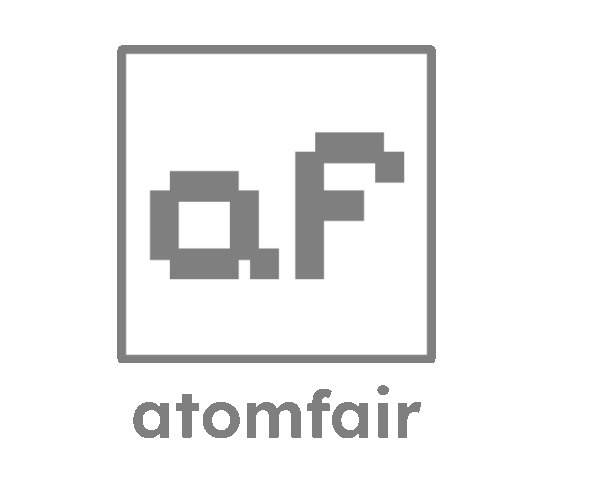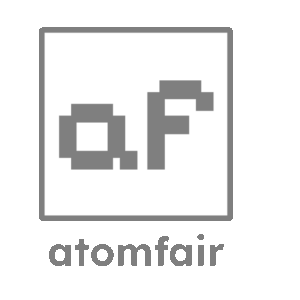Your cart is currently empty!

MIL-101(Cr) Chromium MOF Powder CAS: 869288-09-5 | Ultra-Large Pore Catalyst | KAR-F39
MIL-101(Cr) exhibits exceptionally high porosity, excellent physicochemical properties, and remarkable chemical stability, along with superior water vapor adsorption capacity. Furthermore, MIL-101(Cr) serves as an ideal candidate for gas storage and separation/purification applications. Due to its ability to facilitate charge transfer and reactant adsorption, this material has been widely employed in critical fields including electrocatalysis, photocatalysis, pollutant adsorption, mixed-matrix membranes, and sensing/detection systems.
Description
Key Properties & Advantages
MIL-101(Cr)’s enduring utility stems from its engineered structure and chromium-based chemistry:
Exceptional Porosity: Boasts one of the highest BET surface areas among MOFs (typically 2500–4000 m²/g) and a hierarchical pore network (micropores ~0.8 nm, mesopores ~2.9 nm and ~3.4 nm). This structure enables efficient mass transport and high adsorption capacity for molecules of varying sizes.
Remarkable Chemical Stability: Maintains structural integrity in water (pH 2–12), organic solvents, and elevated temperatures (up to 300°C), outperforming most MOFs in harsh operational environments—critical for industrial scalability.
Superior Water Vapor Adsorption: Exhibits strong affinity for water molecules, making it ideal for humidity control, water harvesting, and adsorption-based cooling systems.
Charge Transfer Capability: Chromium(III) nodes facilitate electron transfer, enhancing performance in catalytic and electrocatalytic reactions by stabilizing intermediates and promoting redox activity.
Tunable Surface Chemistry: Supports post-synthetic modification (e.g., functional group grafting, metal doping) to tailor selectivity for specific gases, pollutants, or reactants—expanding its versatility for targeted applications.
Core Applications
Gas Storage & Separation/Purification
MIL-101(Cr)’s porosity and stability make it a leading choice for gas-related applications:
High-Capacity Gas Storage: Efficiently stores gases such as H₂, CH₄, and CO₂, supporting clean energy initiatives (e.g., hydrogen fuel storage, natural gas compression alternatives).
Selective Gas Separation: Separates mixed gases (e.g., CO₂/N₂, C₂H₄/C₂H₆) via size exclusion and affinity-based adsorption, critical for carbon capture, natural gas purification, and petrochemical processing.
Catalysis & Photocatalysis
Its ability to adsorb reactants and facilitate charge transfer drives performance in energy and environmental catalysis:
Electrocatalysis: Serves as a catalyst or support for reactions like oxygen reduction (ORR), hydrogen evolution (HER), and CO₂ electroreduction, leveraging chromium nodes and high surface area to enhance activity and durability.
Photocatalysis: Promotes light-driven reactions such as water splitting for H₂ production and pollutant degradation (e.g., dyes, pharmaceuticals), with tunable surface chemistry enabling visible-light responsiveness.
Pollutant Adsorption & Environmental Remediation
MIL-101(Cr) excels in removing contaminants from air and water:
Water Purification: Adsorbs heavy metal ions (e.g., Pb²⁺, Hg²⁺), organic pollutants (e.g., pesticides, industrial dyes), and pharmaceuticals via pore confinement and ligand-metal interactions, achieving high removal efficiencies even at low concentrations.
Air Purification: Captures volatile organic compounds (VOCs), toxic gases (e.g., H₂S, NOₓ), and particulate matter, supporting indoor air quality control and industrial emission treatment.
Mixed-Matrix Membranes & Sensing
Mixed-Matrix Membranes (MMMs): Embedded in polymer membranes to enhance gas separation efficiency (e.g., CO₂/CH₄) and mechanical stability, outperforming pure polymer membranes in industrial separation processes.
Sensing & Detection: Functionalized MIL-101(Cr) acts as a sensor platform for detecting gases (e.g., toxic industrial chemicals), heavy metals, or biomolecules via changes in fluorescence, conductivity, or adsorption behavior—enabling real-time monitoring in environmental and clinical settings.
Technical Specifications
Parameter Details
Chemical Composition Chromium(III) oxide clusters linked by terephthalate ligands (Cr₃O(OH)(H₂O)₂(bdc)₃, where bdc = 1,4-benzenedicarboxylate)
Appearance Pale green to blue-green crystalline powder
BET Surface Area 2500–4000 m²/g
Pore Structure Hierarchical (micropores + mesopores: ~0.8 nm, ~2.9 nm, ~3.4 nm)
Thermal Stability Up to 300°C (inert atmosphere)
pH Stability 2–12 (aqueous solutions)
Water Adsorption High capacity (typically 1.2–1.8 g H₂O/g at 90% RH)
Quality Assurance
MIL-101(Cr) undergoes rigorous characterization to ensure performance consistency:
X-ray diffraction (XRD) to confirm structural integrity and phase purity.
Nitrogen adsorption-desorption analysis to verify surface area and pore size distribution.
Thermal gravimetric analysis (TGA) to validate stability under elevated temperatures.
Stability testing in aqueous solutions (varying pH) and organic solvents.
Related products
-
Al-FUM Metal-Organic Framework Powder (CAS 1370461-06-5) – High-Capacity Adsorbent for Industrial Applications
-
Atomfair MXene
-
CALF-20 Metal-Organic Framework Powder (CAS 2589928-73-2) – High-Capacity CO₂ Capture Material
-
CAU-23 (KAR-F38) Metal-Organic Framework Powder | CAS 2050042-88-9 | for Gas Separation & Catalysis
-
DUT-67 (KAR-F36) High-Stability MOF Powder | For Catalysis & Molecular Sieving
